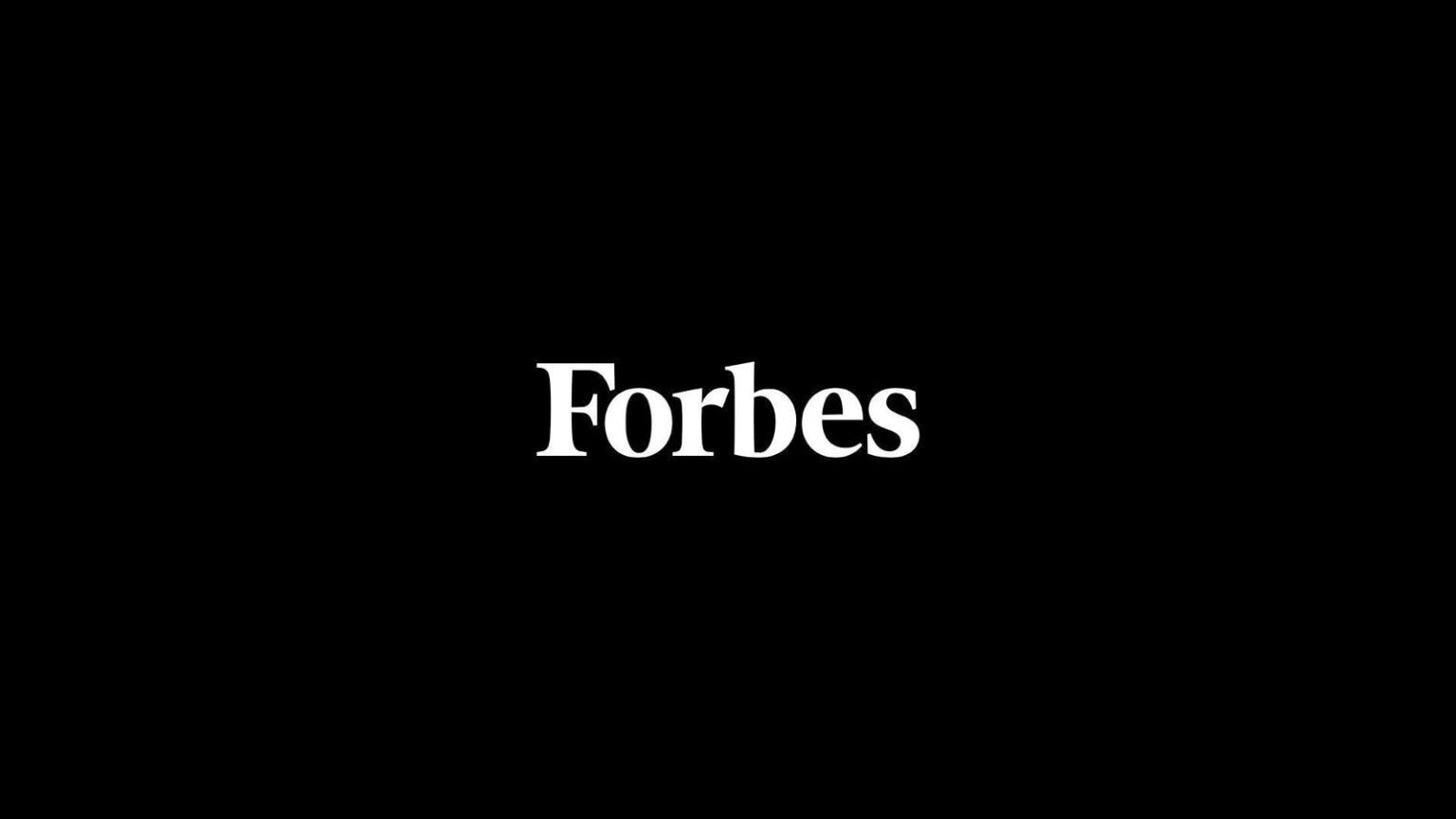In today’s environment, it is hard to know who you can trust. The Gallup organization has taken “trust polls” for decades and recently reported that once enjoying high levels of confidence, newspapers were trusted by only 18% of Americans, down from 51% in 1979. Seventy percent of Democrats trust “mass media” compared to 14% of Republicans (27% for Independents). Congress gets the lowest confidence votes (8%), but police fared quite well (43%). Only two institutions, the military (60%) and small business (65%), enjoy the confidence of a majority of Americans. Millions of owners deal face-to-face with their customers every day, adding their personal touch to consumer service.
Government is small business’ major headache today, with new regulations filling the Congressional Record, inflation remaining stubbornly high (fueled by government spending), and valuable tax provisions set to expire. The supply of affordable housing is constrained by all types of regulations, compliance reports, zoning etc. This raises the cost of land, making only larger projects profitable and constrains employment in the industry. Hiring is a paperwork, tax compliance hassle. The list goes on. In August, NFIB’s Small Business Economic Trends report found that nearly half of owners cite factors directly related to government as their most important problems (inflation, taxes, financing, regulations). The respondent can only pick one, but they all are plagued by all four categories. The most important asset a small business has is the time of the entrepreneur. Federal, state, and local governments divert too much of this asset to deal with all their interventions.
Looking ahead, the level of uncertainty is high. The percent of owners expecting better business conditions over the next six months was just 5% in August while 48% expect conditions to worsen. Only 5% think now is a good time to expand their business, 60% say it is not. Twenty percent expect their real sales to rise over the next few months, but 35% expect declines. For the last seven months, more firms have reported declines in employment than reported gains (and the BLS has significantly revised its estimates of job creation downward). Twenty-four percent reported paying higher interest rates on their most recent loan. Overall, the level of Small Business Optimism remains at historical recession levels. The consumer has been solid but growing its debt at a strong pace, and most of the rest of the economy is weakening. Millions will have to start paying off student loans instead of spending that money. Spending from the Inflation Reduction Act will continue to boost private investment spending, but residential investment is slowing due to high mortgage rates and house price inflation. Small business owners anticipate a weakening economy. Business failures, large and small, are rising, major labor strikes are likely. The fourth quarter may be the period during which the negative economic forces finally have their way with the economy.
Read the full article here





